Since the ceasefire agreement between Israel and Iran on June 23, market sentiment has stabilized, with the COIN 50 index and US stocks rebounding together. In fact, the 25 delta put-call skew for Bitcoin's 30-day options began to decline after last week's surge, while the skew for 90-day and 180-day contracts remained in negative territory.
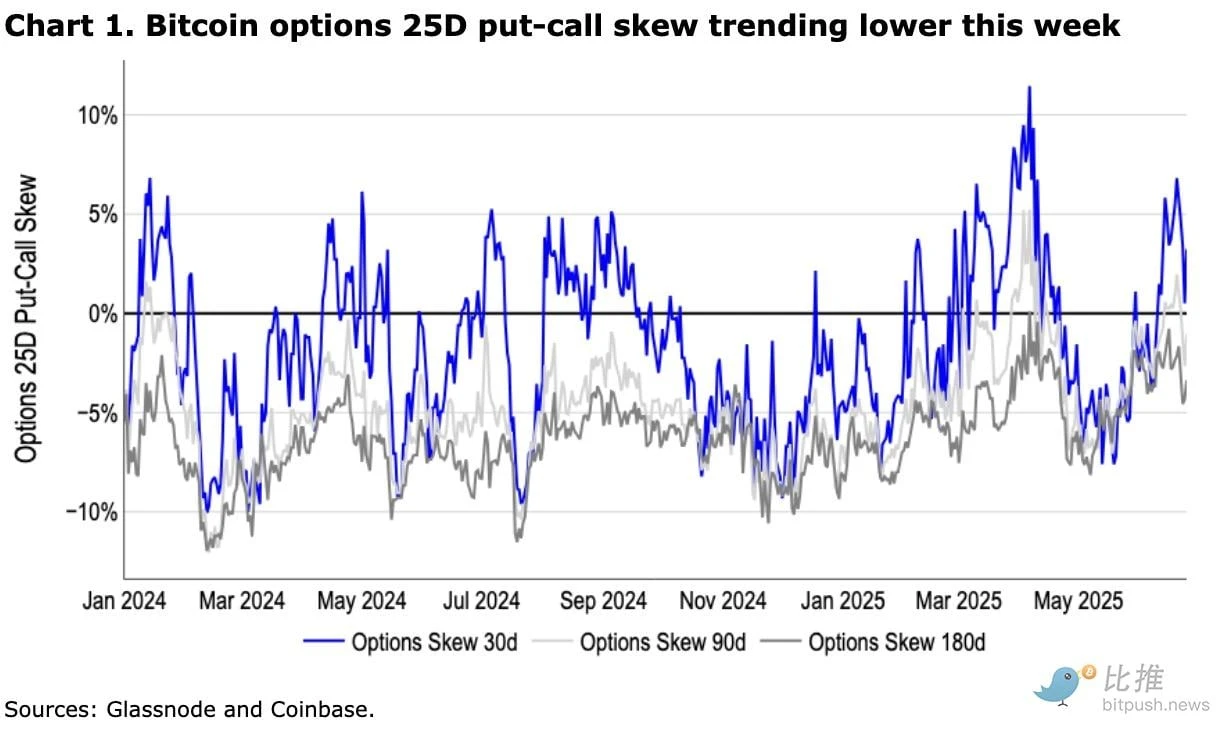
This indicates that the market's demand for short-term downside protection for Bitcoin options has eased. We believe that longer-term options suggest investors want to obtain Bitcoin positions without paying the upfront costs of the spot market, reflecting a slight bias towards out-of-the-money call options. The implied volatility for 1-week and 1-month contracts has significantly decreased, reducing the attractiveness of selling volatility at this time.
Nevertheless, uncertainty persists about whether tensions might reignite. Looking ahead, we believe the most likely potential scenarios include:
Maintaining the status quo, characterized by a fragile and tense balance, with Iran continuing to leverage its nuclear program and regional proxies to project influence, essentially buying time without crossing clear red lines.
A second, more severe scenario involves limited military escalation, given Israel's lingering concerns about Iran's nuclear capabilities.
Closing the Strait of Hormuz (which handles one-fifth of global oil consumption) would be a major red line, indicating conflict escalation. However, we believe this is unlikely, as the ceasefire not only reduces this threat but such an action would severely damage Iran's own economy. Therefore, we believe that buying on geopolitical event dips remains a potentially viable market strategy, consistent with our latest monthly outlook.
How are Tariff Issues?
Despite the approaching July 9 deadline for suspending reciprocal tariffs (August 12 for China), little progress has been made on trade agreements — although a rare earth transport agreement was reached with China and a proposal was submitted to the EU. However, both traditional and crypto markets have largely ignored the potential economic risks, partly because these have not been reflected in economic data.
Federal Reserve Chair Powell testified this week before the House Financial Services Committee and Senate Banking Committee, stating that inflation could still be affected by tariffs later this summer. (Notably, President Trump subsequently announced he might appoint Powell's successor as early as September or October.)
But remember, commodities only account for about 20-25% of the core CPI basket, and it's unclear whether businesses will fully pass on tariff costs to consumers. Moreover, service prices have been declining since mid-2024 and are more sensitive to long-term developments like artificial intelligence. In fact, we believe the impact of tariffs is more likely to be deflationary due to their net effect on total demand. In our view, this will continue to drive the Fed to cut rates in the latter half of this year. All of this may explain the market's complacency about tariffs, which we believe could persist until the upcoming deadline. Ultimately, we do not see trade barriers posing a significant risk to our constructive outlook for Q3 2025.
Regulatory Updates
The Guiding and Establishing National Innovation for Stablecoins Act (GENIUS Act) has passed the US Senate 68-30 and is currently under review in the House. House Majority Whip Tom Emmer (R-Indiana) is attempting to merge the bill with the CLARITY Act (House Market Structure Act), but this process may cause delays due to the latter's complexity. Notably, President Trump has called on the House to pass the GENIUS Act "without delay or addition". Additionally, Senate Banking Committee Chair Senator Tim Scott (R-South Carolina) stated that a crypto market structure bill is expected to be completed by September 30.
Furthermore, on June 23, Senator Adam Schiff (D-California) introduced the Constraining Officer Income and Nondisclosure Act (COIN Act), which aims to limit the ability of high-level executive branch officials and their immediate family members to issue, sponsor, or endorse digital assets.
Meanwhile, the Federal Reserve announced this week that it will no longer include reputational risk as a component of its bank supervision and examination program. This appears to be a continuation of the current administration's deregulation under "Operation Chokepoint 2.0". Given the subjectivity of "reputational risk", previous guidelines had systematically excluded the crypto industry from banking.
Polymarket: A New Unicorn in the Crypto Realm?
This week, decentralized prediction market platform Polymarket sought a valuation of around $1 billion, led by Founders Fund, becoming the latest unicorn in the crypto space.
Just a day later, the regulated competitor Kalshi announced the completion of a $185 million funding round with a $2 billion valuation.
These transactions collectively indicate that venture capital's focus this week is on distribution moats (consumer-facing applications) rather than liquidity moats (token chains and DEXs), with real-time event markets leading the way.
The driving force behind the valuation is its strong usage metrics. Despite regulatory barriers preventing US users from trading, Polymarket's total trading volume has exceeded $14 billion, with approximately $1 billion in May alone. The platform averages 20,000 to 30,000 traders daily, surpassing many mid-cap DEXs and demonstrating its ability to attract non-crypto native audiences.
With a new content partnership with X (formerly Twitter), positioning prediction markets as viral social content rather than purely financial instruments, its momentum is expected to accelerate further.
Stablecoins - especially USDC - are its hidden beneficiaries.
Polymarket trades are settled in USDC on Polygon, with these stablecoin flows reflected in on-chain indicators. For example, in November 2024, when headline news events drove market attention, monthly trading volume surged to $2.5 billion, triggering a spike in USDC transfers and cross-chain bridge activities. Unlike lending protocols with locked total value (TVL), prediction markets have faster capital circulation, with high-frequency settlement activities driving significant on-chain payment behaviors.
Coinbase Exchange and CES Insights
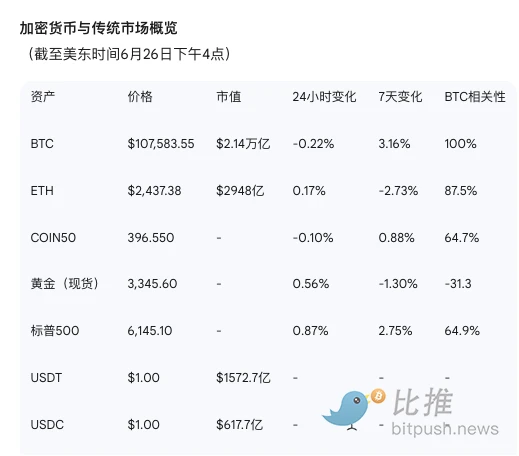
This week, Bitcoin maintained the $100,000 mark, while the broader market remained in a consolidation state.
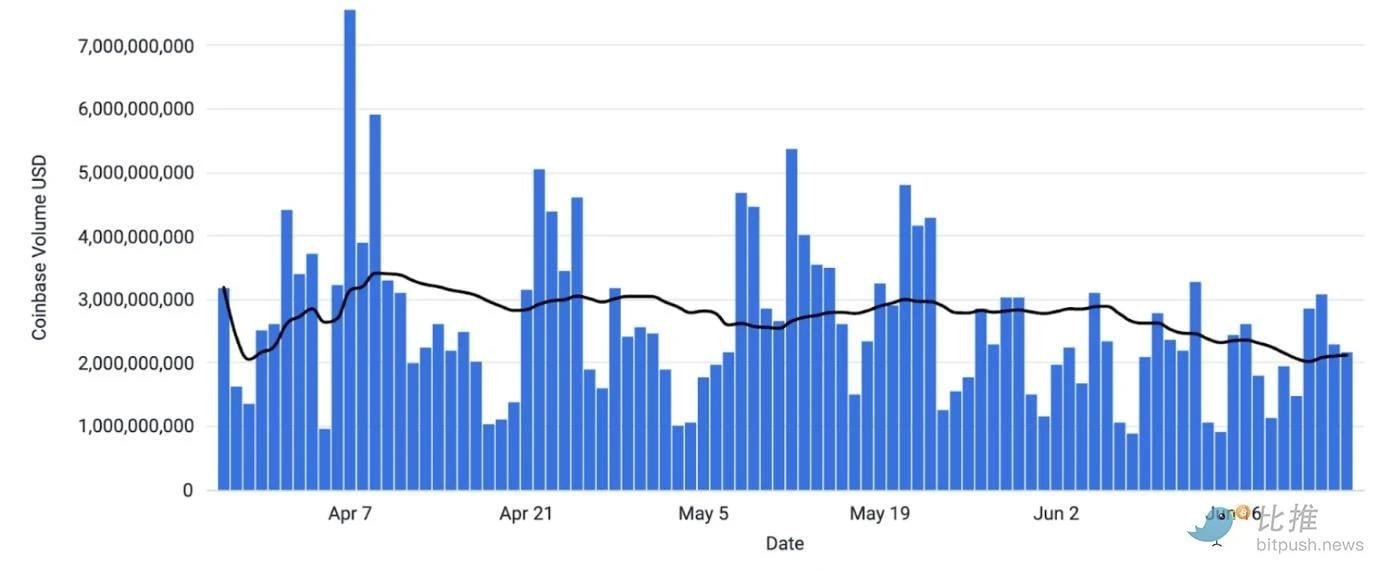
In the housing market, US housing mortgage regulators issued an order requiring Fannie Mae and Freddie Mac to consider cryptocurrency holdings as assets when assessing housing loan risks. We also see continued inflows into spot BTC and ETH ETFs, with Invesco submitting the ninth application for a spot SOL ETF to date.
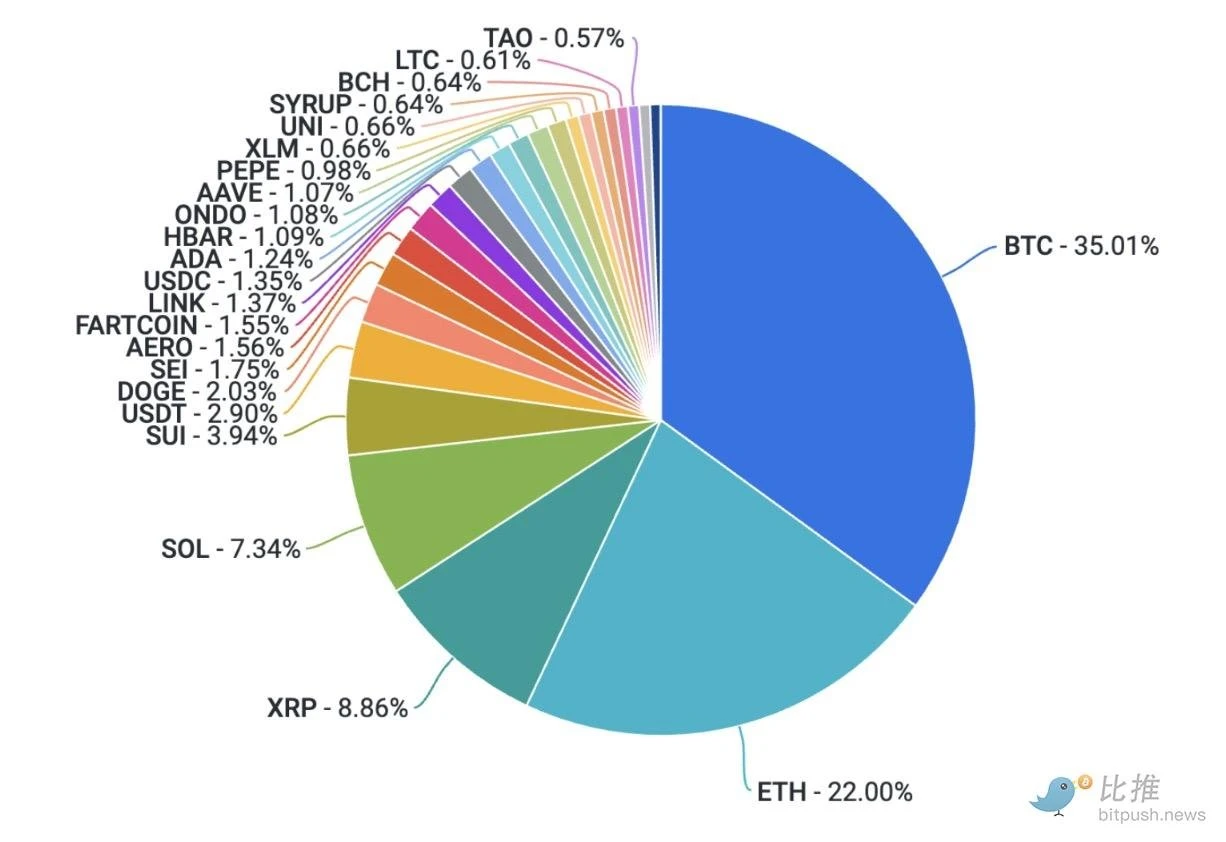
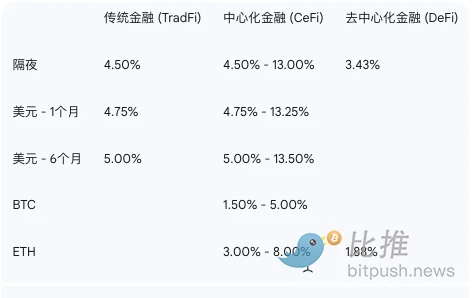
All of these factors, coupled with ongoing tensions in the Middle East and comments from Federal Reserve Chairman Powell, have kept traders in a constructive attitude. Perpetual contract funding rates are in the low single digits, and positions appear relatively neutral, which may leave room for further upside.







